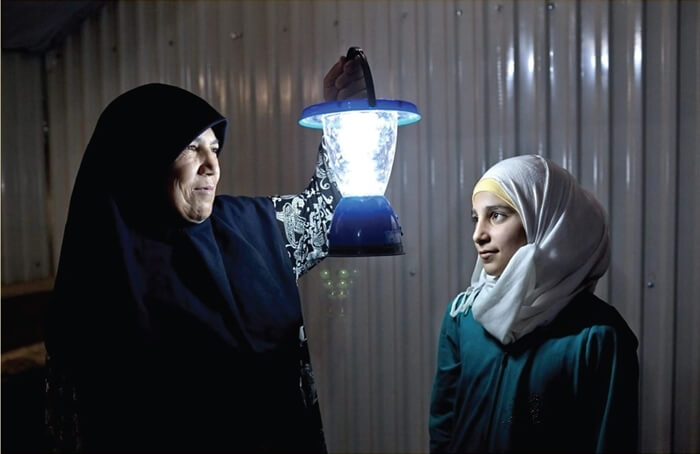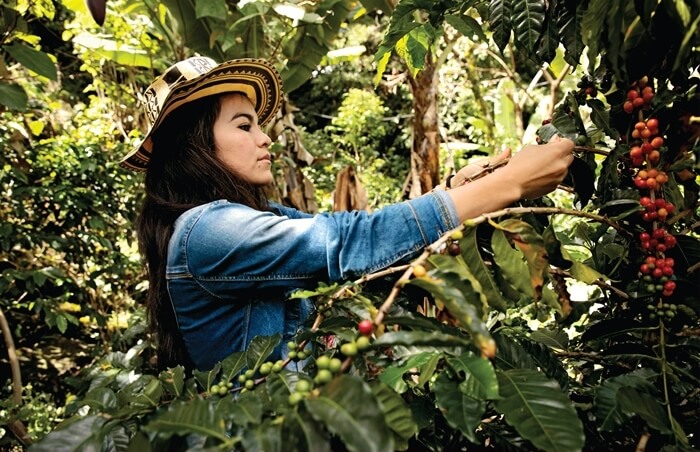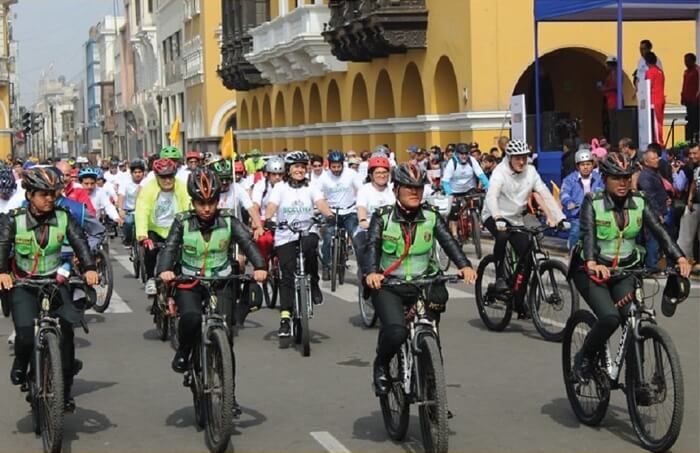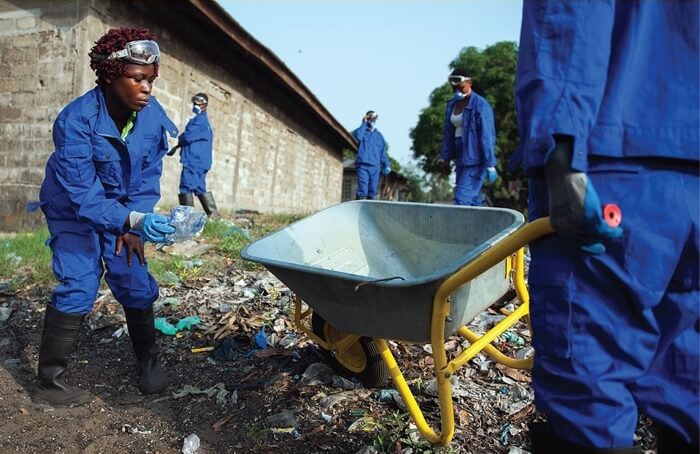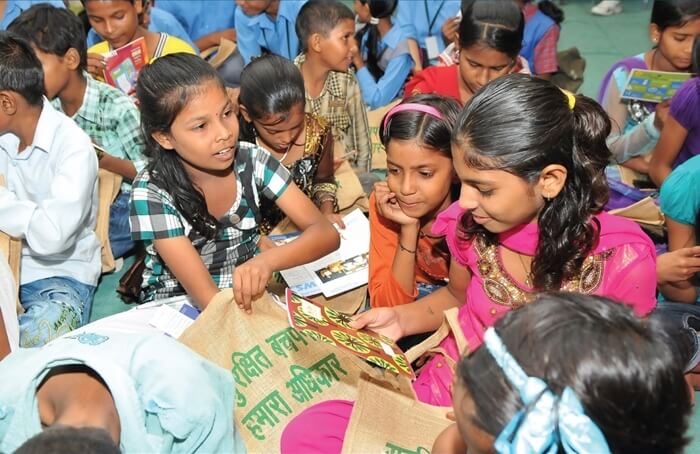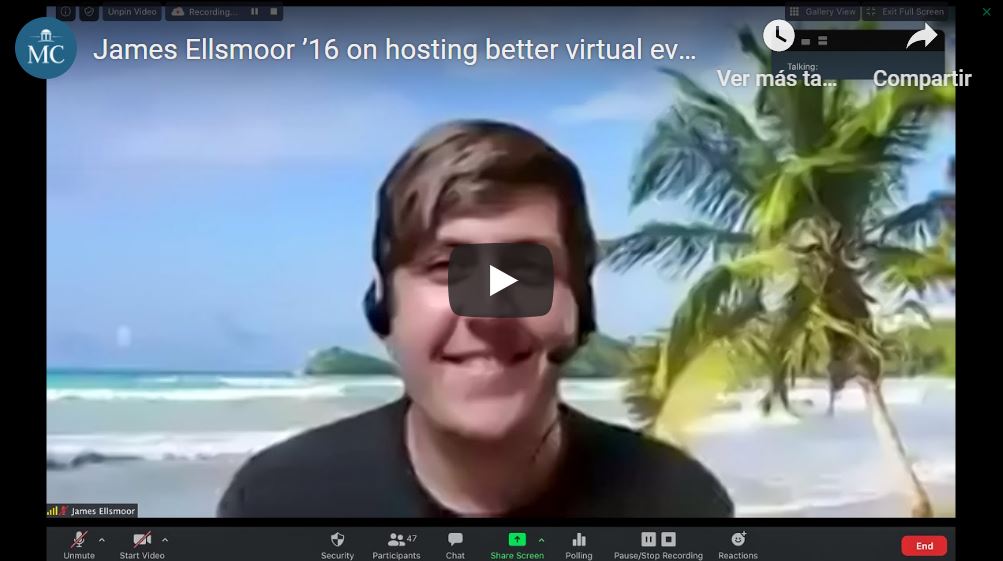Excerpt from afar.com
What does it mean to leave home? What does it mean to stay, especially for people who face limited choices? Photographer Celeste Noche thinks a lot about these questions. Noche grew up in the San Francisco Bay Area, but she was deeply influenced by the instability her mother, Erlinda, experienced as an immigrant from the Philippines. After fleeing dangerous conditions in 1980, Erlinda started over in the United States with Noche’s two older sisters, before Celeste and her brother were born.
“She went through a lot,” Noche reflects. “She was working as a single parent, she changed jobs often, and had to start over again and again. I wonder where she would be if she’d been able to stay in the Philippines with more family and access to things she knew. But that wasn’t really an option for her.” Noche’s mother’s life has inspired Noche to consider the complex relationships we all have to home. And, as a photographer, Noche is drawn to people who live in remote places where populations are small, even declining.
So when Noche visited the Faroe Islands—an archipelago (and part of the Kingdom of Denmark) in the North Atlantic with around 53,000 people—she was curious to see how the people she met were able to make a life (and a living) in their home country, in large part thanks to the burgeoning local travel industry. Rather than leaving the islands for economic opportunities elsewhere, “a lot of the [younger] people I met were able to stay in a place that was special to them culturally and personally and still have careers that gave them agency,” she says. “They weren’t being forced to take over the family business. A lot of them adapted to the increasing tourism so they could become stewards of their homeland.”

Island Innovation is a social enterprise and digital media company at the intersection of sustainable development and communications, offering specialised services across various sectors. We bring together the private sector, government, utilities, NGOs and universities to advance innovation for sustainability and prosperity in islands worldwide.









